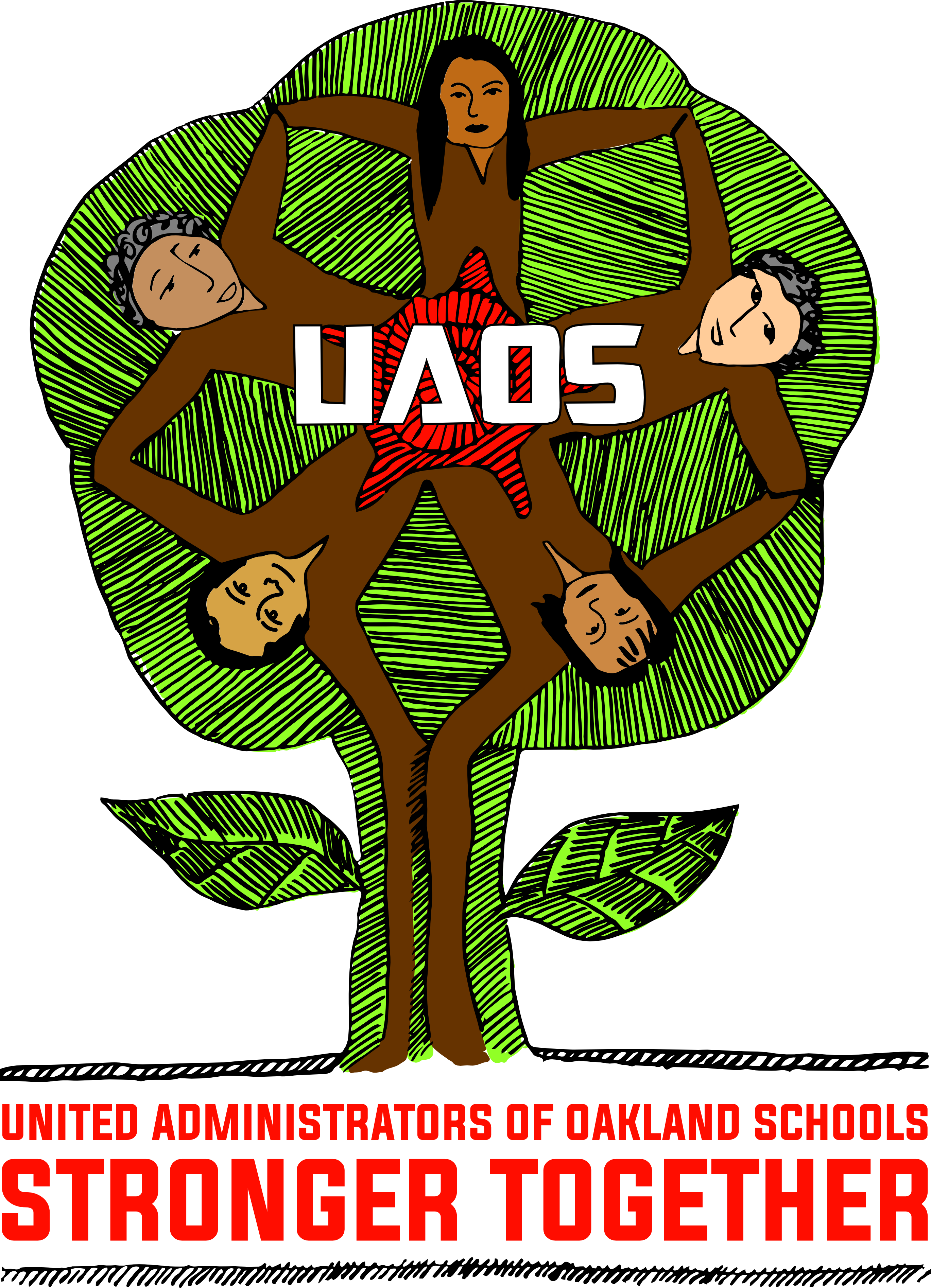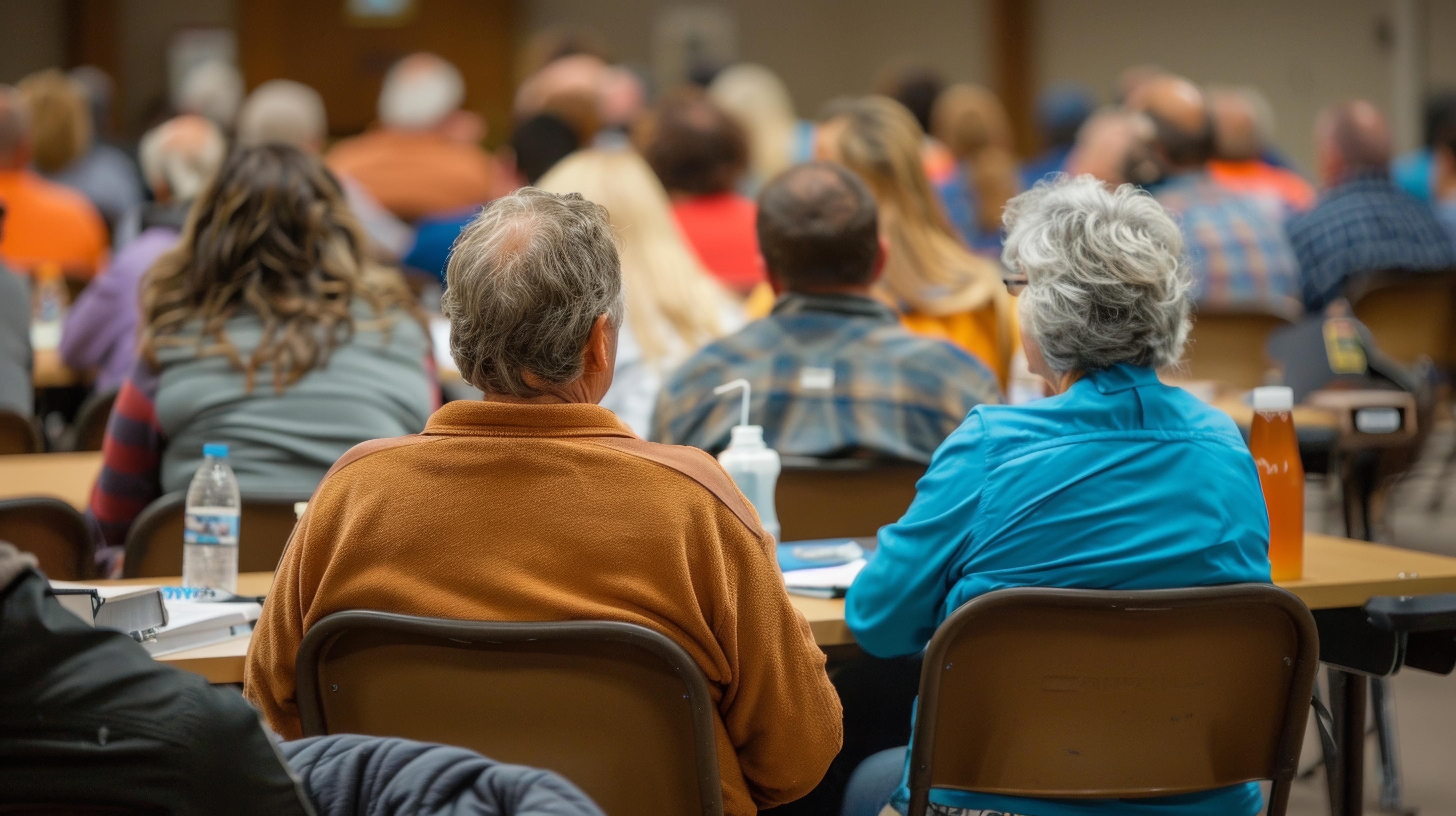A comprehensive national study, Who’s on Board? School Boards and Political Representation in an Age of Conflict by David M. Houston and Michael T. Hartney, finds that the vast majority of school board meetings across the country are characterized by routine, nonpartisan discussions about budgets, staffing, and student resources—not ideological battles.
“School board politics in most communities appears to be less heated and less driven by partisan conflict than is often portrayed in the media,” the authors write.
Published in October 2025 by the Thomas B. Fordham Institute and funded by The Wallace Foundation, the report represents the most comprehensive examination of American school board members to date. Researchers surveyed thousands of board members nationwide, analyzing their racial and ethnic backgrounds, professional experiences, political affiliations, and views on key education policy issues. They then compared those findings with demographic and voter data from local communities to determine how closely board members’ views align with those of their constituents.
The results reveal that school board members’ views tend to mirror those of the voters they represent—and align closely with the broader U.S. public.
Key Findings
Conflict is rare. Few school boards are mired in divisive debates over topics such as diversity, equity and inclusion (DEI) policies or rules for transgender students.
Representation varies by population. While most of the nation’s 13,000 school districts are small and rural, the majority of students attend schools in larger, urban systems. That means a relatively small number of board members represent a large share of America’s students.
Diversity gaps persist. Black and Hispanic Americans remain underrepresented on school boards—each accounting for just 4 percent of members, compared with 12 percent and 19 percent of the U.S. population, respectively. However, because these members often serve in larger districts, they collectively represent about 9 percent of students.
Moderates dominate. Nationally, 39 percent of school board members identify as politically moderate, 37 percent as conservative, and 24 percent as liberal. In large urban districts, however, liberals are more common than conservatives.
Highly educated leadership. Nearly half of all board members hold postgraduate degrees, compared with just 14 percent of U.S. adults, and one in four has worked as a teacher, compared with only 3 percent of adults nationwide.
Different views on schools. While 75 percent of board members give their local schools a grade of B or higher, only half of U.S. adults do. Board members are also less supportive of charter schools—29 percent versus 45 percent of the general public.
Elections remain nonpartisan. Although some large districts have seen increasingly competitive races, most local board elections remain low-key and largely nonpartisan. Teachers’ unions have limited influence on these contests overall.
This latest Wallace Foundation–funded study follows earlier work the foundation sponsored in 2010—conducted in partnership with the National School Boards Association and the Iowa School Boards Foundation—to better understand how local school boards operate and govern in the wake of the No Child Left Behind Act.
Ultimately, Houston and Hartney’s findings offer a reassuring counterpoint to the prevailing narrative of turmoil at the local level. While intense debates make national news, most school boards continue to function as intended—focusing calmly and collaboratively on improving education for the students they serve.
The full study is here.

